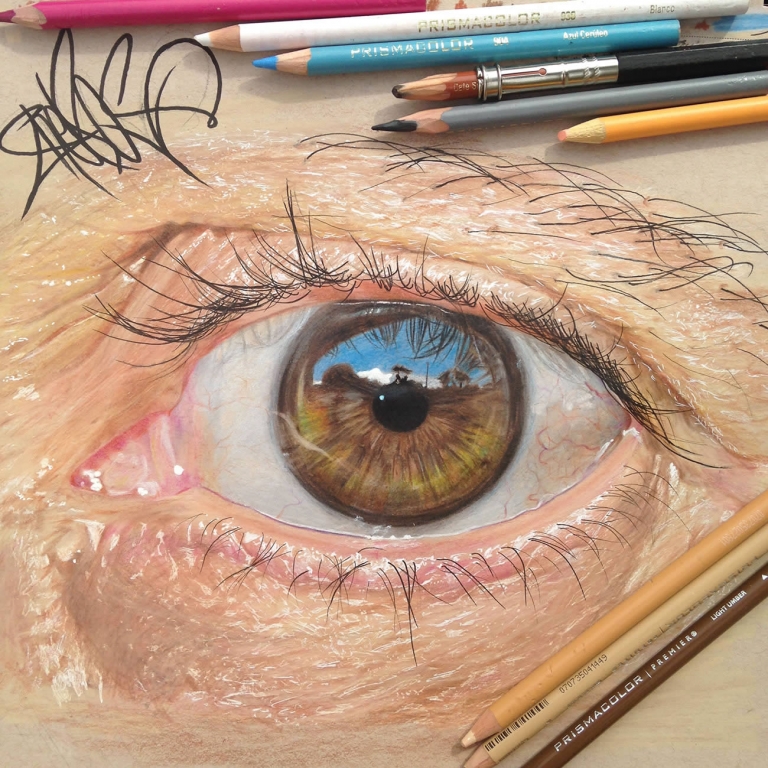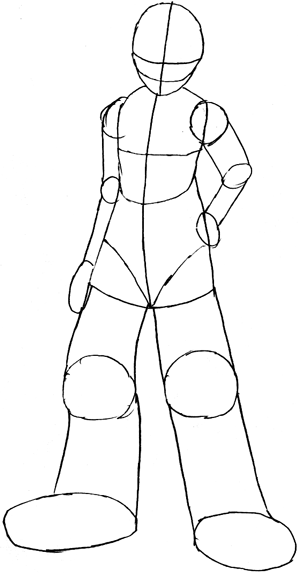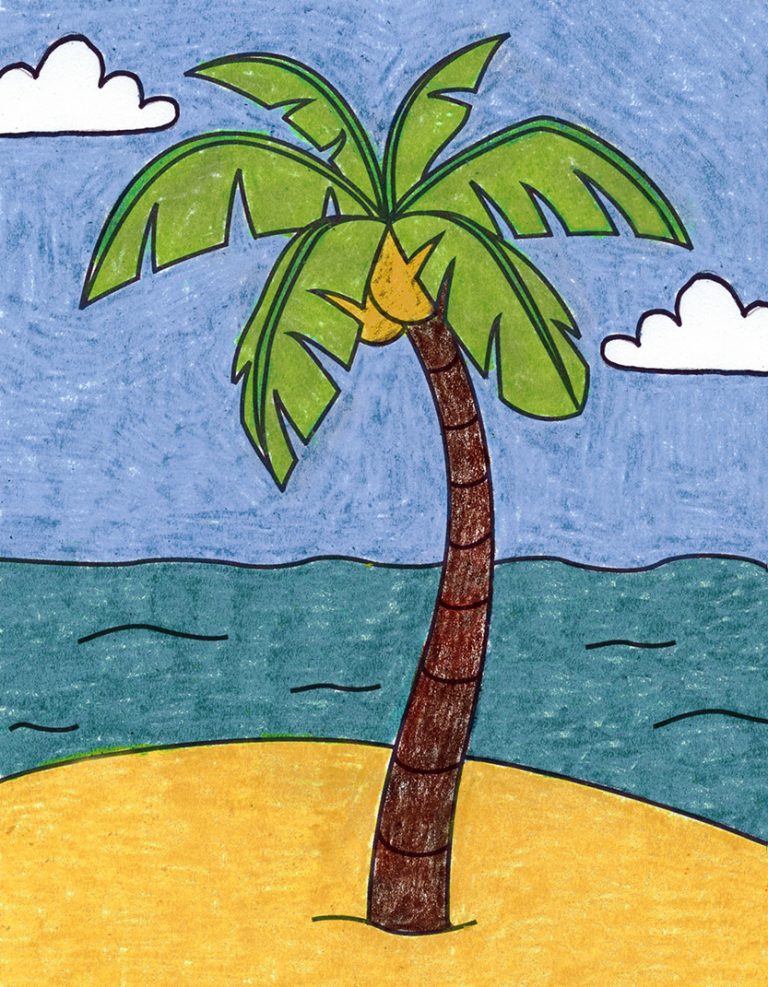Inspirational pencils colored realistically
Table of Contents
Table of Contents
If you’re an artist who loves to work with colored pencils, you must be familiar with the challenge of drawing realistic images. It’s hard to achieve that level of detail and depth, but don’t worry, we’ve got you covered with some tips and tricks to help you draw realistically with colored pencils.
Pain Points of Drawing Realistically with Colored Pencils
Drawing realistically with colored pencils can be frustrating, especially when you’re not achieving the desired results. Artists face challenges such as color blending, erasing, and achieving proper lighting in their drawings. It can be overwhelming but with perseverance and practice, you can master the art of drawing realistically with colored pencils.
Answering the Target of Drawing Realistically with Colored Pencils
Firstly, get good quality colored pencils; they make all the difference. You can get soft or hard lead pencils, but a good rule of thumb is to start with softer lead pencils because they allow for better blending of colors. Secondly, use quality paper that can handle lots of layers of colors without melting or blending on their own. Thirdly, master the art of color blending. Practice layering different shades of colors to achieve the depth and detailing that you want. Fourthly, take your time, and focus on each stroke that you make.
Summary of Tips and Tricks for Drawing Realistically with Colored Pencils
In summary, achieving realism in colored pencil art requires practice and dedication. Start with good quality colored pencils and paper, master color blending, take it slow, and be patient with yourself. With these tips, you can create beautiful and realistic colored pencil artwork.
How to Draw Realistically with Colored Pencils
A personal experience I had while drawing realistically with colored pencils is that I struggled with color blending initially. I experimented with different color combinations and techniques and eventually found that using a circular motion and starting with a lighter color before gradually adding darker colors works best for me. Additionally, I found that taking breaks to rest my eyes helped to refresh my perspective and better judge the results.
To draw realistically with colored pencils, you need to start by studying your reference image carefully. Take note of the shadows, highlights, and details. Start with the lightest colors and slowly add darker shades to create depth and achieve the desired level of detail. Blend the colors as you go along to create a smooth transition from one color to another. You can use a blending tool or your fingertips, but be careful not to smudge the colors.
Drawing Realistically with Colored Pencils in Details
If you want to create finer details in your colored pencil artwork, use a sharp pencil to make precise, tiny strokes. You can also use erasers to create highlights and lighter areas in your drawings, but be careful not to erase too much, as the paper can become damaged from too much rubbing.
The Importance of Proper Lighting in Drawing Realistically with Colored Pencils
Proper lighting is essential when drawing realistically with colored pencils. You need to have the right amount of light to achieve accurate color representation, especially when working with shades and coloring. It’s best to have a light source from your left side to avoid shadows or overexposure of your work. You can also use natural light or a lightbox to aid in this process.
Personal Experience with Creating Art with Colored Pencils
Another personal experience that I’ve had is that when working on a detailed piece of art, I found it helpful to take breaks or switch to a different art medium, like watercolors or acrylics, to avoid getting too overwhelmed or stuck on a specific area of the drawing. This allowed me to come back with fresh eyes and better perspective.
Question and Answer Section on How to Draw Realistically with Colored Pencils
Q: What are some good paper options for colored pencil art?
A: Bristol board, Stonehenge paper, and Canson Mi-teintes paper are some of the best paper options for colored pencil art.
Q: How do I blend colors effectively?
A: The best way to blend colors effectively is to layer different shades of colors together in a circular motion. You can use a blending tool or your fingertips to smooth out the colors.
Q: How do I create highlights in my drawings?
A: Erase small areas of the colored pencil to create highlights or use a white pencil to add some light areas to your drawing. You can also use a masking fluid pen to protect specific areas while coloring.
Q: What’s the best way to correct mistakes?
A: If you make a mistake while coloring, you can use an eraser, but be careful not to remove too much. For more severe mistakes, you can sandpaper the paper’s surface or use a colorless blender to cover the mistake.
Conclusion of How to Draw Realistically with Colored Pencils
Drawing realistically with colored pencils takes time and practice. Starting with good quality colored pencils and paper, mastering color blending, and taking breaks to refresh your perspective can help you achieve stunning results. Remember to be patient with yourself and have fun while exploring your creative side.
Gallery
Ещё одна роза🎨🌹 In 2020 | Pencil Drawings Of Flowers, Realistic Flower

Photo Credit by: bing.com /
Video By Emmy Kalia In This Tutorial, Emmy Kalia Will Show You The

Photo Credit by: bing.com / realistic eyes draw colored step color tutorial pencils eye kalia emmy drawing drawings tutorials pencil techniques
How To Draw Realistic EYE With Colored Pencils | Tutorial For BEGINNERS

Photo Credit by: bing.com / pencils
Inspirational How To Draw Realistically With Colored Pencils | Colored

Photo Credit by: bing.com / inspirational pencils colored realistically
Get Inspired To Try Colored Pencils With Realistic Color Pencil Art

Photo Credit by: bing.com /






